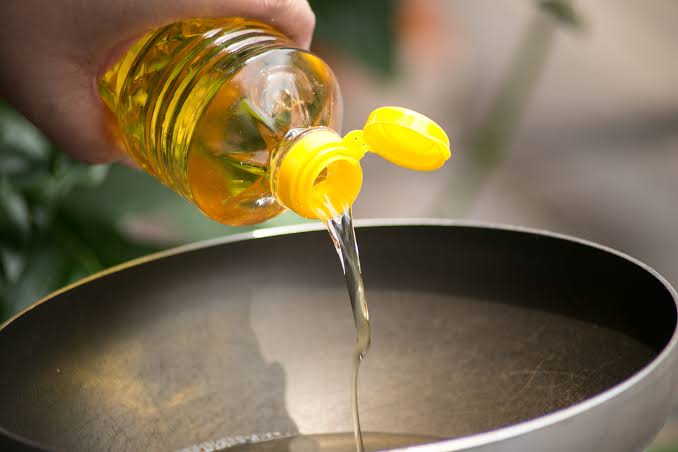The oil and petrol price in India is rising in a blink of an eye. Especially the edible oil, since it is the basic material in all of the Indian dishes ,the raise in price is hard to accept. The price has been raised up to 62% in the last year. If we think it’s due to corona and its effect on the economy, it’s wrong. Corona is one of the issues. There are various other factors impacting the price.
Comparing with May 2020, there is a steep rise in price of a kg of various cooking oils – mustard to Rs 170 from Rs 115, palm to Rs 138 from Rs 85, sunflower to Rs 175 from Rs 110, vanaspati to Rs 140 from Rs 90, soya to Rs 155 per from Rs 100, according to the data from the ministry of consumer affairs, food and public distribution.
India imports most of the edible oil from different countries. About 65 percent of it’s annually required (14.5 million tonnes) of edible oil has been imported from Indonesia, Malaysia, Argentina, Ukraine, Russia and so on.
The international prices are rising because these major edible oil producing countries are mostly affected due to bad weather.
Malaysia is the world’s second largest producer of palm oil. It’s production has fallen due to labour shortage. And also in Indonesia and Malaysia, the vegetable oil is mixed with fuel that is used in large scale in the local area. Hence they lowered their export duties. It is a major issue because the palm oil demands are met in India by importing it from Indonesia and Malaysia.
Similarly, soybean oil prices are increasing because of the dry weather in Argentina. Argentina being the largest exporter for both China and India, made an impact on prices. As we know Ukraine and Russia are the world’s top producers of sunflower oil. Their production is also affected with drought like weather.
About 85 percent of soybean oil in India is imported from Argentina and Brazil, while 90 percent of sunflower oil is imported from Ukraine and Russia, as per CRISIL Research.
Dependency of India on import is the major reason for the rise in price and also due to the fallen domestic production of oilseeds.
Gandhi, CRISIL Researcher said “In OY20 (oil year – November to October) the domestic production of soybean, groundnut, mustard, and cottonseed oil was impacted due to lower acreage and crop damage,”
The ones who really feel this increase in price are the customers. Several oil brands increased their prices.
However, the bright side is that experts say that prices are likely to fall in the second half of OY21 (November’20 to October’21).
“We expect a gradual drop in prices in the second half of OY21 as the global supply normalizes, however, the prices will still remain higher as compared to OY20,” says Gandhi of CRISIL Research.

